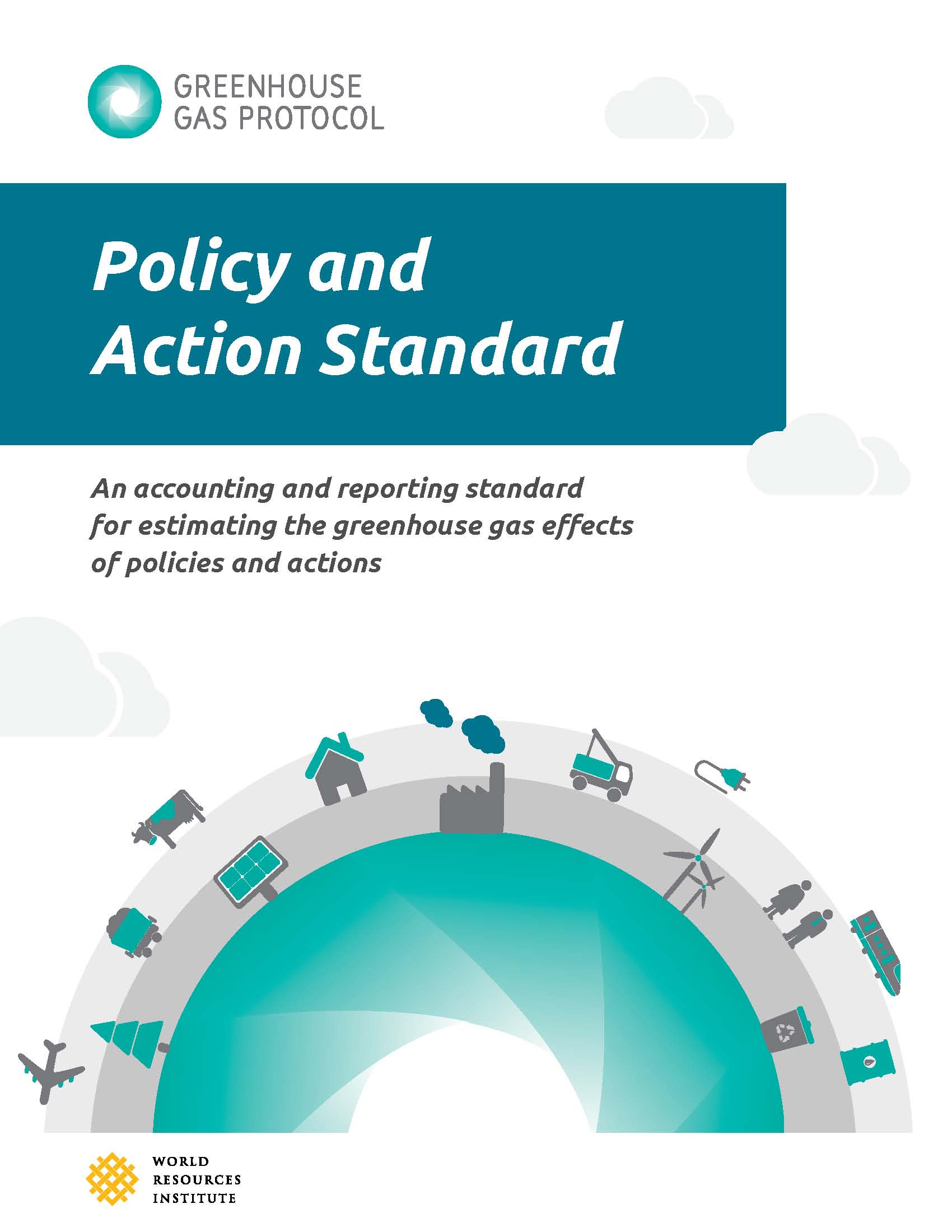
Policy and Action Standard
Analysts at both the national and local levels can evaluate the GHG impacts of specific policies to improve their effectiveness in reducing emissions and inform where to invest resources to achieve the best results.
Policy and Action Standard Background
The GHG Protocol Policy and Action Standard was developed along with the Mitigation Goal Standard. Over 270 participants from 40 countries were involved in developing the two new standards. As part of the process, pilot tests were conducted on 27 policies and actions in 20 countries and cities to make sure the standard works in practice.
Policy and Action Standard Purpose
The GHG Protocol Policy and Action Standard provides a standardized approach for estimating and reporting the change in GHG emissions and removals resulting from policies and actions. The standard was developed with the following objectives in mind:
- To help users assess the GHG effects of specific policies and actions in an accurate, consistent, transparent, complete, and relevant way
- To help policymakers and other decision makers develop effective strategies for managing and reducing GHG emissions through a better understanding of the emissions impacts of policies and actions
- To support consistent and transparent public reporting of emissions impacts and policy effectiveness
- To create more international consistency and transparency in the way the GHG effects of policies and actions are estimated
Who Can Use the Policy and Action Standard?
The primary intended users are analysts and policymakers assessing government policies and actions at any level, including national, state, provincial, or municipal.
Other intended users include donor agencies and financial institutions, research institutions, non-governmental organizations, and businesses.








